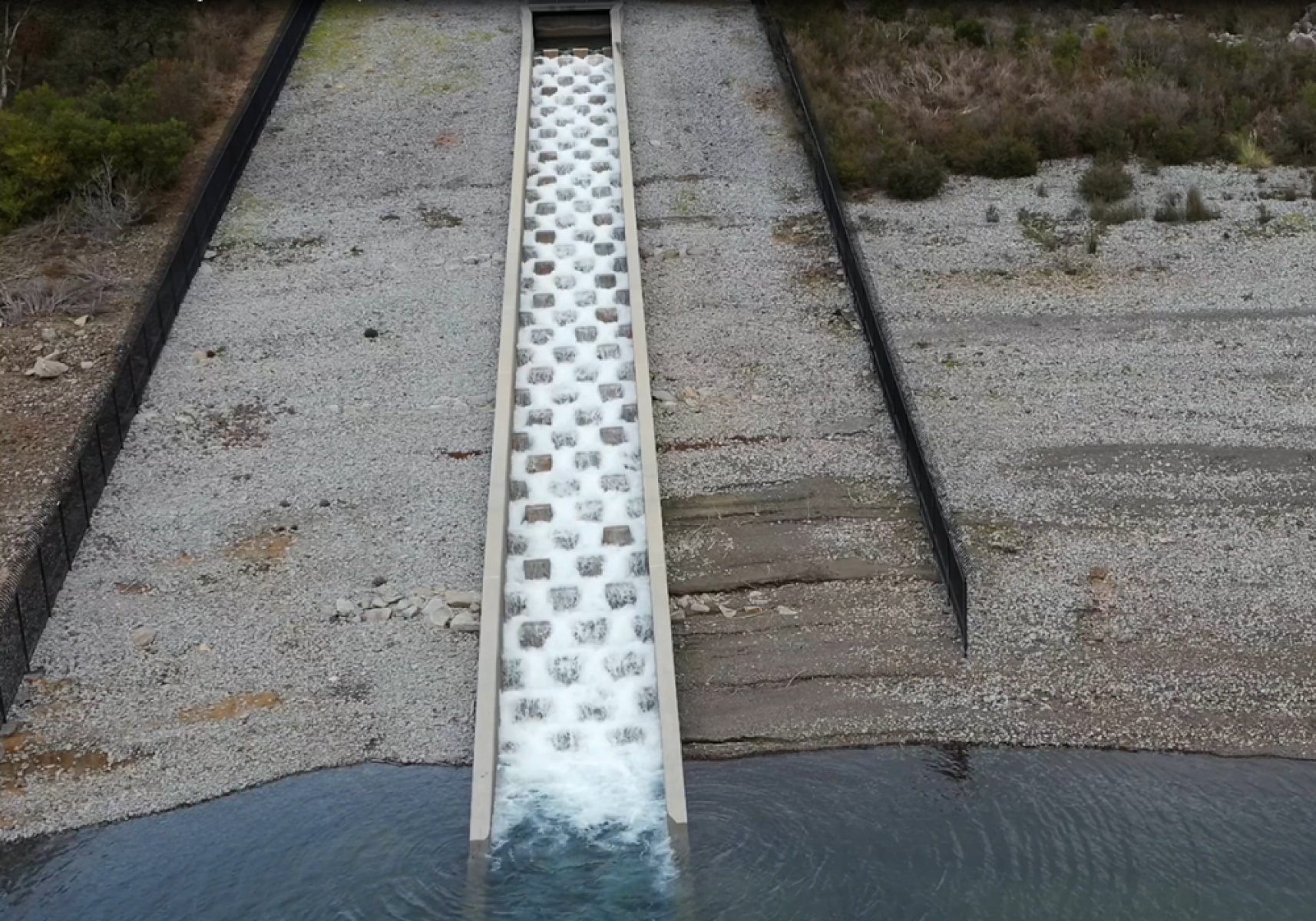
After record-low inflows, Melbourne’s water storages are being topped with up with a steady supply of desalinated water.
The first 10 billion litres of a 50 billion litre delivery from the Victorian Desalination Plant has flowed into Melbourne’s drinking water storages.
The delivery began in July and will continue over the coming months.
The Victorian Government ordered the water earlier this year, in response to below-average rainfall and population growth increasing pressure on water supplies.
Storages levels down
Melbourne’s water storages are at 72% - down 18% compared to this time last year.
This follows Victoria’s driest autumn in 17 years and driest summer in more than a decade.
The lack of rainfall this year has seen Melbourne’s water storages have their lowest January-to-June inflows on record.
Desalinated water at work
In addition to replenishing Melbourne’s water storages, the desalinated water is freeing up system supply for a number of regional communities including Geelong.
Geelong would currently be on water restrictions, if not for desalinated water in the Melbourne system and the city’s pipeline connection to Melbourne water supplies.
As desalinated water has been ordered from the Victorian Desalination Plant in 8 of the past 10 years, it plays a critical role in maintaining water storages.
The Victorian Desalination Plant produces high-quality drinking water through a sophisticated filtration process that extracts drinking water from seawater.
Water saving matters
The Victorian Government is keeping water storages stable thanks to desalinated water – and every drop saved in Victorian homes, helps make the flows go further.
Efficient use of water in homes plays an important role in helping conserve Victoria’s water supplies.
Page last updated: 21/08/25
